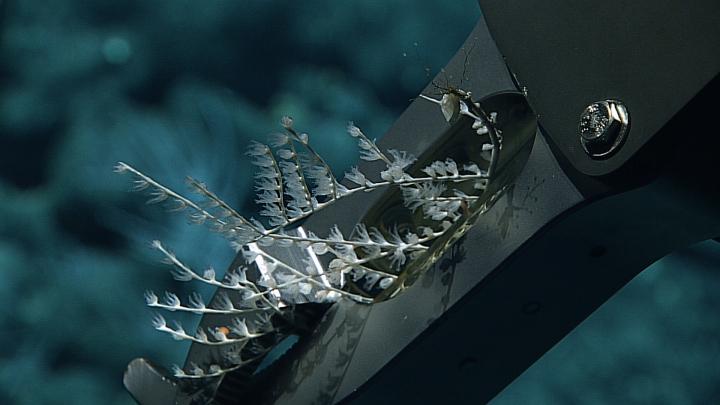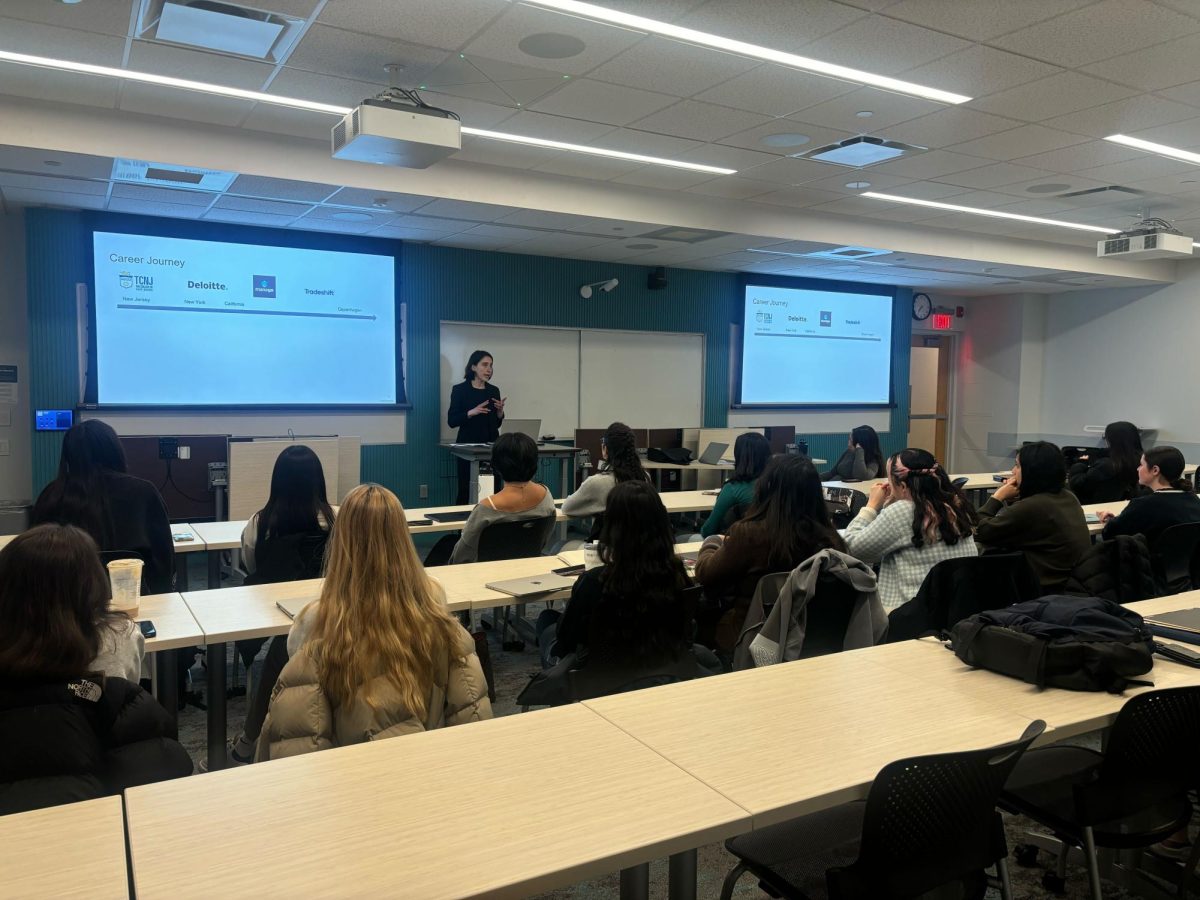By Mack Hogan, news correspondent
A kit developed by researchers from the Northeastern University Marine Science Center’s Ocean Genome Legacy (OGL) project is currently in use onboard the United States’ only federally-funded ocean exploration vessel to preserve coral DNA.
Under the leadership of Research Professor Daniel L. Distel, scientists at Northeastern’s marine research facility in Nahant recently developed a lab kit for quick and easy preservation of coral DNA collected at sea. Created in response to a request from the National Oceanic and Atmospheric Administration (NOAA), the kit has been in use onboard the Okeanos Explorer since late July.
“This was the first time that the ship was able to collect biological samples,” Charlotte Seid, a staff scientist with OGL, said. “Normally, their expertise is in sonar and mapping.”
The ship contains a satellite dome, radar scanners and live telepresence equipment to broadcast video of the ocean floor, three engineers, 18 crew members and two scientists.
“The problem was, they only had two scientists on board,” Distel, executive director of OGL, said. “They needed a way to collect and preserve these samples easily.”
After NOAA publically sought a solution to the problem, Northeastern’s researchers contacted them.
Ocean Genome Legacy is a non-profit research institution and genome bank with a mission is to preserve the DNA of marine animals. The OGL acts as a resource for researchers who want to study the data.
“A lot of people are interested in the evolutionary relationship between the [different types] of coral, as well as identification at a species level,” Seid said. “Especially with deep-sea coral.”
The lab kit takes existing techniques and combines them into a more portable and simple design. By offering clear instructions,simple steps and equipment, the kit reduces the amount of time scientists have to spend preparing samples and collecting DNA.
The Okeanos’ Remotely Operated Vehicle (ROV), a machine with claw-like arms that patrols the ocean floor, collects the coral samples and brings them to the ship where scientists are able to quickly process the organisms.
Before the kit was developed, the scientists on the ship were unable to easily extract DNA from such specimens.
“[You had to] put it in 50-milliliter falcon tubes, shake them by hand for 30-plus minutes to get tissue to come off and put them into a solution before DNA extradition,” David Stein, an OGL research technician, said. “With the kit, the process is expedited.”
Now, scientists using the kit put a small chunk of coral into a tube. The machine shakes back and forth rapidly, displacing tissue in three minutes or less.
“With clear instructions and a straightforward method, it can really be used by anyone,” Mackenzie Gerringer, one of the two scientists aboard the Okeanos, said in an email to The News. “Great for future cruises that may not have a coral expert aboard.”
The OGL also included shipping labels so scientists can ship the samples to staff at Northeastern’s Marine Science Center when the ship docks.
“These [samples] all need to be labeled, photographed, subsampled and preserved,” Gerringer said. “Time at sea is always limited, so we really appreciate the efficiency of the DNA preservation kit.”
Still, the effects of rapid development are not fully tested.
“I like the kit but frankly would rather wait to make a final comment until after the cruise to make sure the DNA samples came out okay,” Christopher Kelley, an NOAA scientist said. “In a number of the samples, the solutions after agitation looked pretty funky, but it’s quite possible that’s how they are supposed to look.”
Scientists at OGL worked throughout the month of July to create the kit.
“The expedition took place over four legs,” said Seid. “Two, three and four involved biological sampling, so we needed to get it on board by July 30. It was very difficult and very labor intensive.”
The Okeanos is currently on the fourth leg of its expedition, which will conclude on Sept. 30. After that, samples will be shipped back to the OGL, where they will be analyzed and made available to other researchers.
“There’s no new technology,” Distel said. “It’s just a simple response to an important need.”
Photo courtesy Charlotte Seid/Ocean Genome Legacy/NOAA Office of Ocean Exploration and Research









